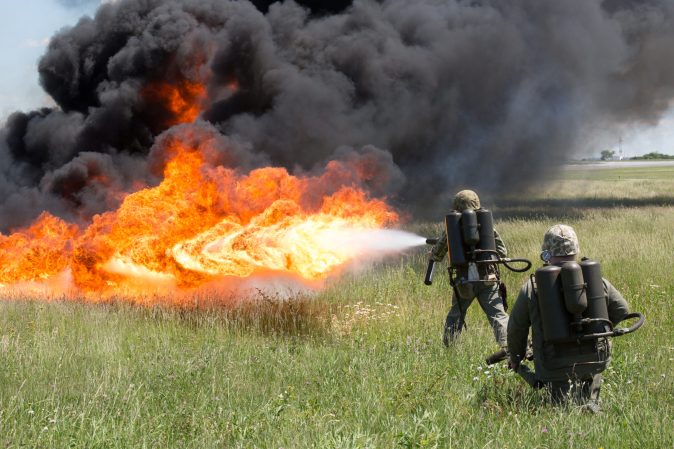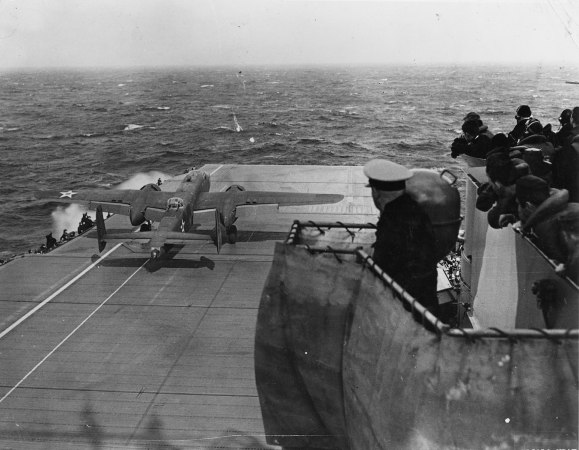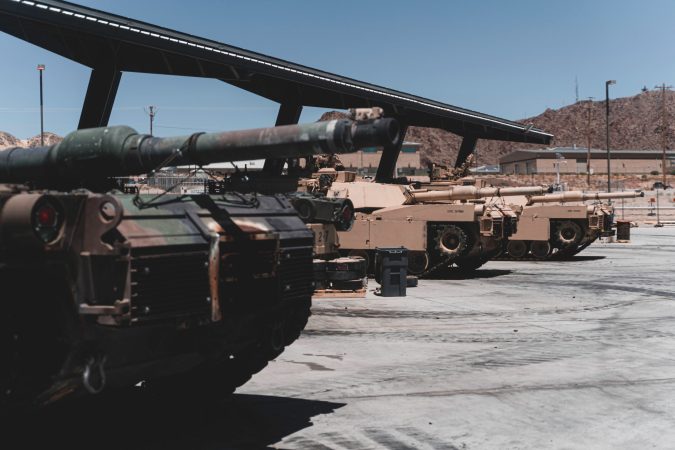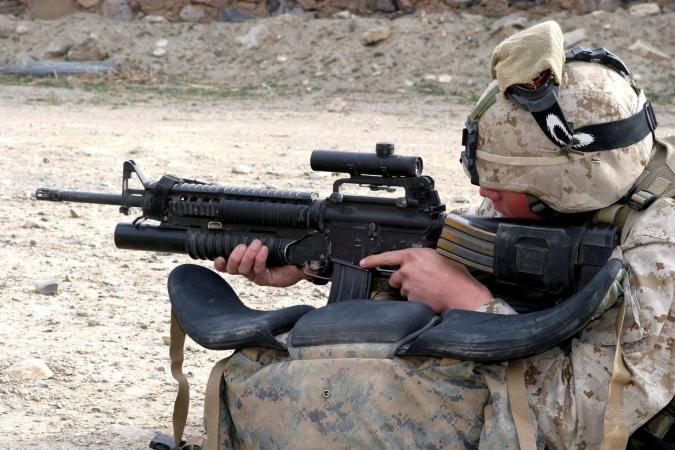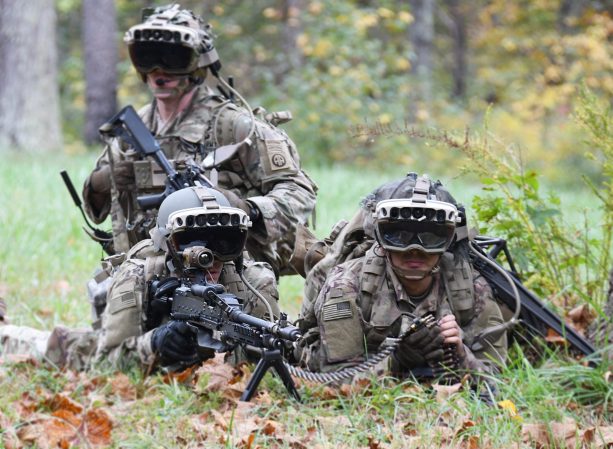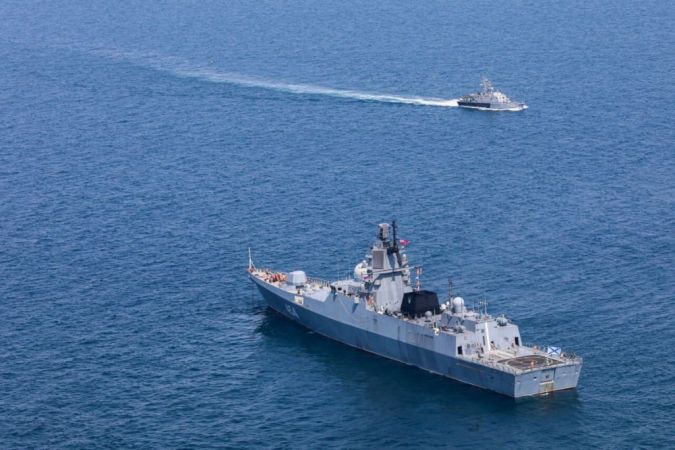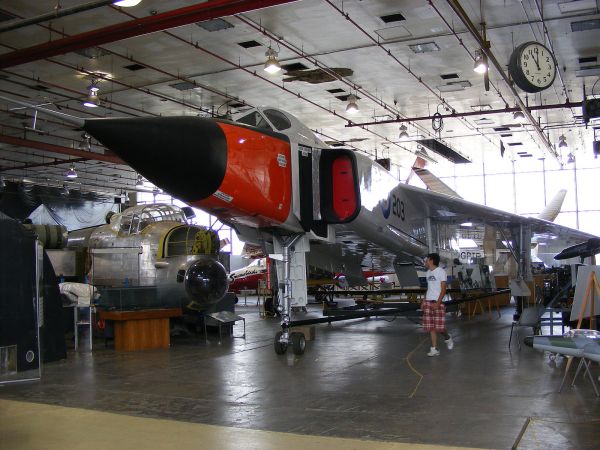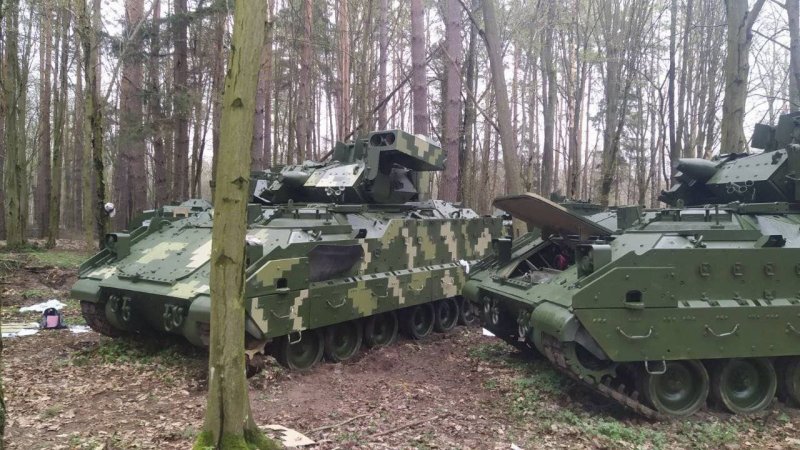The German V-2 was the first large-scale liquid propellant rocket and long-range ballistic missile. First launched in 1942, the V-2’s first operational employment was in September 1944 against Paris. Germany went on to fire V-2s at other major cities like London, Antwerp and Liège. The final V-2s were launched on March 27, 1945. In that time, over 3,100 V-2s were fired, with an estimated 9,000 civilians and military personnel killed. Tragically, the greatest victims of the V-2 were its builders.

German rocket development was conducted at a secret research facility in Peenemünde on the Baltic Sea island of Usedom. Thousands of construction workers, including 3,000 mostly Eastern European forced laborers, built the V-2 construction plant there. In the summer of 1943, the labor population at Peenemünde grew with the addition of 1,300 prisoners from SS concentration camps. Housed in the factory buildings, these prisoners became the backbone of V-2 production.

The idea to exploit concentration camp prisoners for rocket program labor largely came from Army Gen. Walter R. Dornberger, SS Gen. Hans Kammler and factory chief engineer Arthur Rudolph. Dr. Wernher von Braun, Technical Director of the Peenemünde Army Center, was aware of the exploitation and became increasingly involved with the slave labor as production scaled up.

In August 1943, an RAF bombing raid struck Peenemünde. This forced Germany to shift V-2 production to an underground Mittelwerk facility in Nordhausen. There, 10,000 prison laborers were forced to build the rockets. The laborers lived underground in the first few months before prison barracks were constructed. When the Dora barracks camp was finally built, conditions were not much better. Already seen as disposable, prisoners were neglected and literally worked to death.

In the final months of WWII, Germany’s food supply dwindled, worsening conditions in the concentration camps. Moreover, many prisoners from Auschwitz and other eastern concentration camps were transported to the Dora camp. Approximately 20,000 people died there. Half of these deaths are attributed to the V-2 program. In total, 12,000 forced laborers and concentration camp prisoners died as a result of the V-2.



